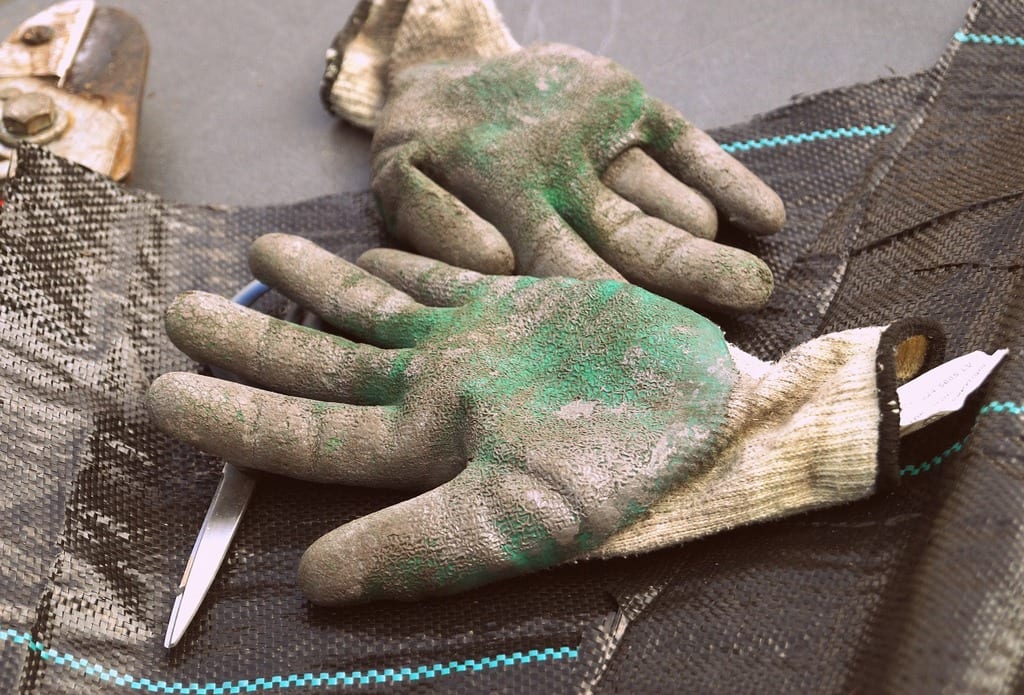
Japanese Knotweed is a highly invasive, non-native plant and is considered one of the most problematic plant species in the UK and Ireland. Japanese knotweed is extremely hardy and can cope under stressful conditions, where other species would not. This being the case, Japanese Knotweed does not give up easily and killing it can be something that is best left to the professionals!
Methods Of Eradication
The only way to eradicate Japanese Knotweed is to completely remove the plant and its rhizomes from the ground and disposing of in a licenced landfill. Some believe that if they remove the above-ground growth, then the plant will die. This is not the case. The above-ground growth of Japanese Knotweed can be removed and incinerated at a licenced facility, however, this will not kill the plants underground growth and the plant will continue to grow. Japanese Knotweed has an extensive underground rhizome system that can spread up to 7 metres horizontally and 3 metres deep, this can make it extremely hard to kill on site.
After establishing that the only way to ‘kill’ Japanese Knotweed is to completely remove all of the infested soil and take it off-site to a licensed landfill, what else can be done to control Japanese Knotweed? The most popular and cost-effective method of dealing with Japanese Knotweed is to control its growth through persistent but monitored herbicide application. Herbicide application is a good way to control the plant and place it into a forced dormancy underground – stopping it from growing and spreading. Applying herbicide to the leaves of the plant at specific times of the year and by a trained professional, allows the herbicide to travel to the root of the plant via photosynthesis.
Japanese Knotweed certified surveyors will be able to determine the amount of chemical to use depending on the maturity and extent of the growth. This will ensure that the growth does not get ‘flooded’ with chemical and receives the correct amount to have the greatest long-term effect. If the chemical is over-applied to the leaves of the Japanese Knotweed plant, an adverse effect can happen which affects our ability to control the growth. If over application occurs, the plant will have an adverse reaction, but not one you want to see! You will see the plant begin to form smaller, triangular-shaped leaves and in much greater numbers than before. These new leaves have a much smaller percentage of coverage compared to healthy leaves, therefore, we can get far less herbicide onto the leaves and gaining control is very difficult, sometimes impossible. This type of growth is called ‘Bonsai growth’ and herbicide control is difficult, sometimes impossible and would require full removal.
We would suggest that Japanese Knotweed treatment is completed by a certified professional for best results and would never advise anyone to attempt themselves. It is important to instruct a PCA Accredited company such as CYB Environmental to put an herbicide treatment programme in place and ensure that the growth is treated properly, professionally and with the potential of providing an Insurance Backed Guarantee for lending purposes in the future.
For any queries on the above or if you would like a free identification of a potential Japanese Knotweed plant, please contact us at info@cyb-environmental.com

